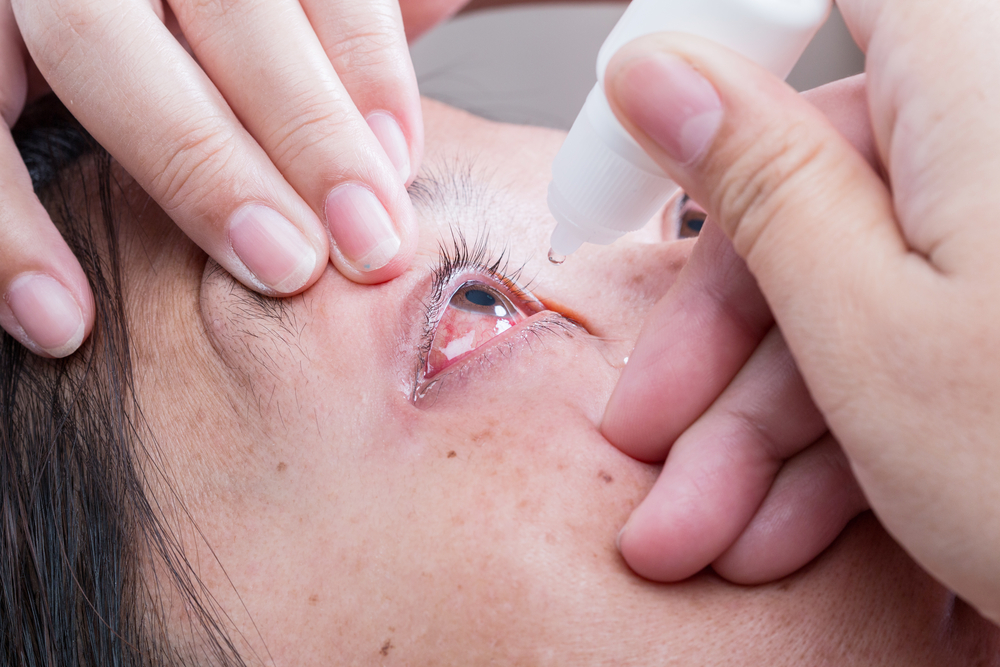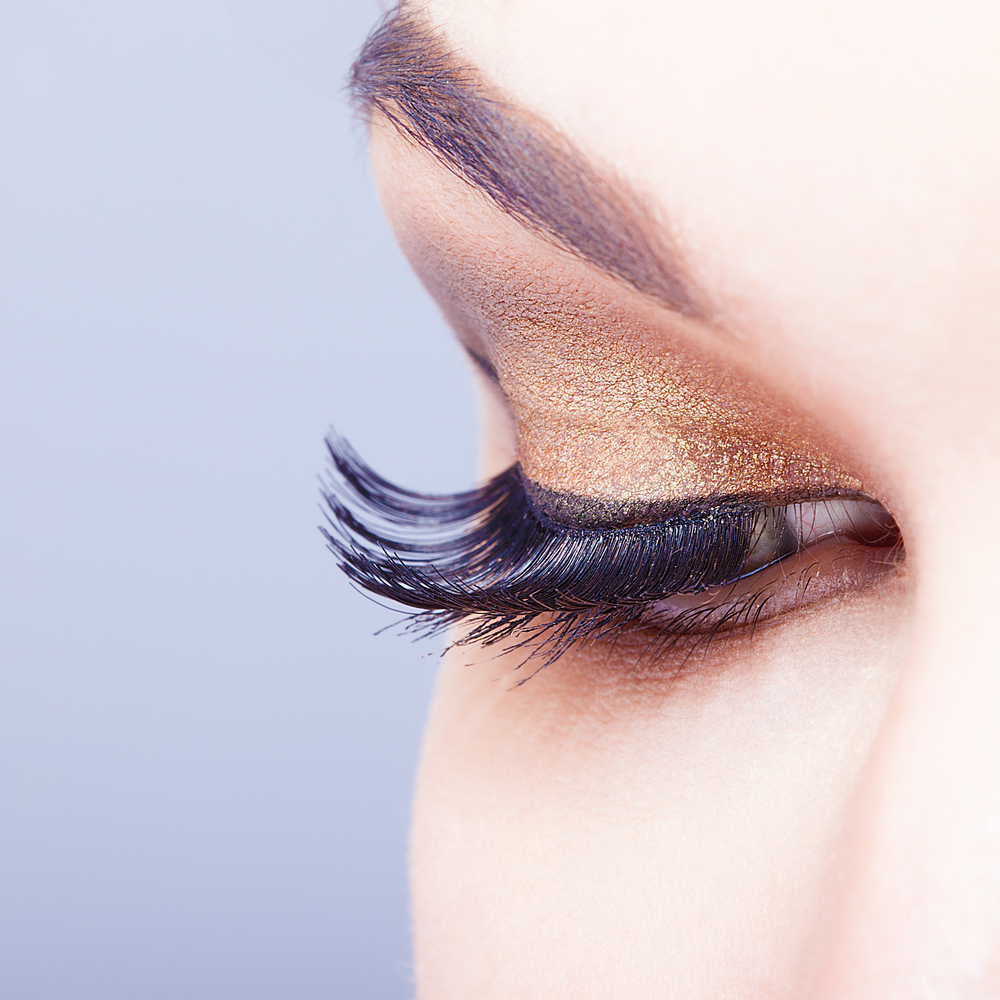In medical term, the state of redness or inflammation of the cornea is called Keratitis. The Keratitis treatment mainly focuses upon removing that inflammation caused by any sorts of infections, bacteria or virus.
The inflammation sign due to keratitis is quite visible on the outer layer of the pupil and iris (the colored ring around the pupil).
The curved shape of the cornea bends light rays and, there is a very thin layer protecting the cornea from external atmosphere. About 0.5 millimeter thick cornea remains drenched in the aqueous fluid, and entire outer coat of the eye is very sensitive to the coarser elements of the environment. Any injuries or eye infections directly affect your vision. The inflammation of the cornea causes moderate to acute pain and, usually evokes Keratitis symptoms like shortsightedness, itching, sensation, color blindness, and redness.
Types of Keratitis:
Depending upon the factors, Keratitis can be classified into:
1. Viral Keratitis:
- Herpes simplex Keratitis or dendritic Keratitis
Keratitis caused by the Herpes Simplex Virus (HSV) affects the normal eye vision. It directly dents cornea by allowing dendritic damage.
- Herpes zoster Keratitis
Its Keratitis symptoms are rendered by the Herpes zoster ophthalmic. It also seriously hampers the eyesight and leaves a spot on the outer layer.
2. Bacterial Keratitis:
An injury or ulcer on the eye triggers some sorts of bacteria that affect your vision. It also transits from wearing contact lenses, as it creates Pseudomonas aeruginosa containing enzymes that can erode cornea bit-by-bit.
3. Fungal Keratitis:
Fungal elements lead corneal infection causing severe damage to the vision. Fusarium is a very common fungus for causing fungal Keratitis.
4. Acanthamoeba Keratitis:
Most people who wear contact lens get easily infected by the amoebic Keratitis. It probably happens due to poor hygiene and improper handling of lenses.
5. Parasitic Keratitis:
Parasitic Keratitis occurs due to parasitic eye infections that are spread by insect vectors or getting in touch with the contaminated water. It is also found that warm climate encourages such parasites and those who live in the close contact of domestic animals could develop this disease. But it does not require complex Keratitis treatment for eliminating such a mild eye disease.
Keratitis symptoms:
Usually, Keratitis affects one eye, but the vision of both the eyes may impair after some time. There are several symptoms of Keratitis from which it can be identified. Some of these symptoms include:
• Pink eye
• Sensation of the wind and environmental particles
• Eye pain
• Blurred vision
• Sensitivity to light
• Watery eye
• Gray look of cornea
• Difficulty in keeping eyelids open for long
Also Read: Things to Know about Eye Lens Coatings
Keratitis treatment:
The treatment procedure of Keratitis examines all including medical history, eye vision tests, physical examination, allergic reaction and any other specific symptoms. An ophthalmologist uses special instruments to examine the surface of the cornea and remove ulcer if any.
- Surgical therapy
Surgery is very useful in acute Keratitis. Doctors perform simple dissection of conjunctiva to remove peripheral ulcerative Keratitis. Elimination of superficial corneal layers helps you get rid of the severe infection or scarring.
- Prevent bacterial causes
Doctors usually prescribe antibiotic eye drops for the bacterial Keratitis treatment. Such drops are put frequently in the eyes, while some prefer topical steroid to remove the bacterial intensity. Those who wear contact lenses are advised to handle safely and clean the lenses for reducing any possibility of Keratitis infections.
- Prevent viral outbreaks
You have to prevent the possible recurrence of virus attack by following some steps, such as:
- Avoid touching your eyes frequently
- Use cold thing to sooth blister
- Wash hands properly
- Avoid corticosteroids eye drops unless prescribed
- Minimize the use of contact lenses
Oral medicines are prescribed to be as effective as topical antiviral drugs for treating infectious epithelial Keratitis symptoms. Its systemic use can mitigate the risk of toxicity and optical surface disease.
- Acanthamoeba Keratitis diagnose
The early treatment of Acanthamoeba Keratitis is crucial for the prevention of its severity. The doctors all the symptoms and lab results from a scraping of the eye to see any possible ameba in the eye infections.
There are some general steps the doctors follow the Keratitis treatment:
- Eye vision tests
- Response of pupil to light
- Examination of the eyes using special instruments
- Lab test of the water existing inside the eyelid
Also Read: Glaucoma – causes, symptoms, and treatment
Conclusion:
At present, Keratitis has become one of the leading eye problems pertaining all over the world. Keratitis treatment is provided according the causes of Keratitis. Keratitis infections are treated through antibacterial, antifungal, and antiviral therapy involving pills and eye drops. Whereas, steroid drops are prescribed to reduce redness and eye scar. Artificial tears are also effective for lubrication of ocular dryness. So, no need to panic when options are many!



